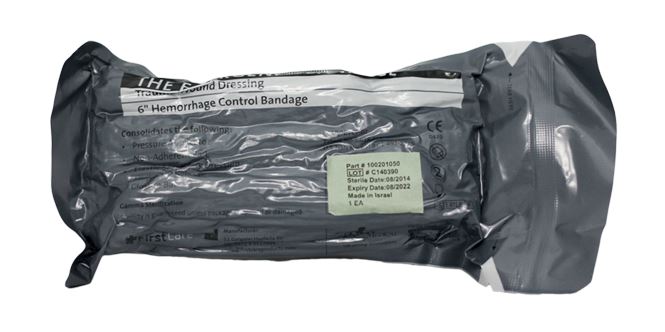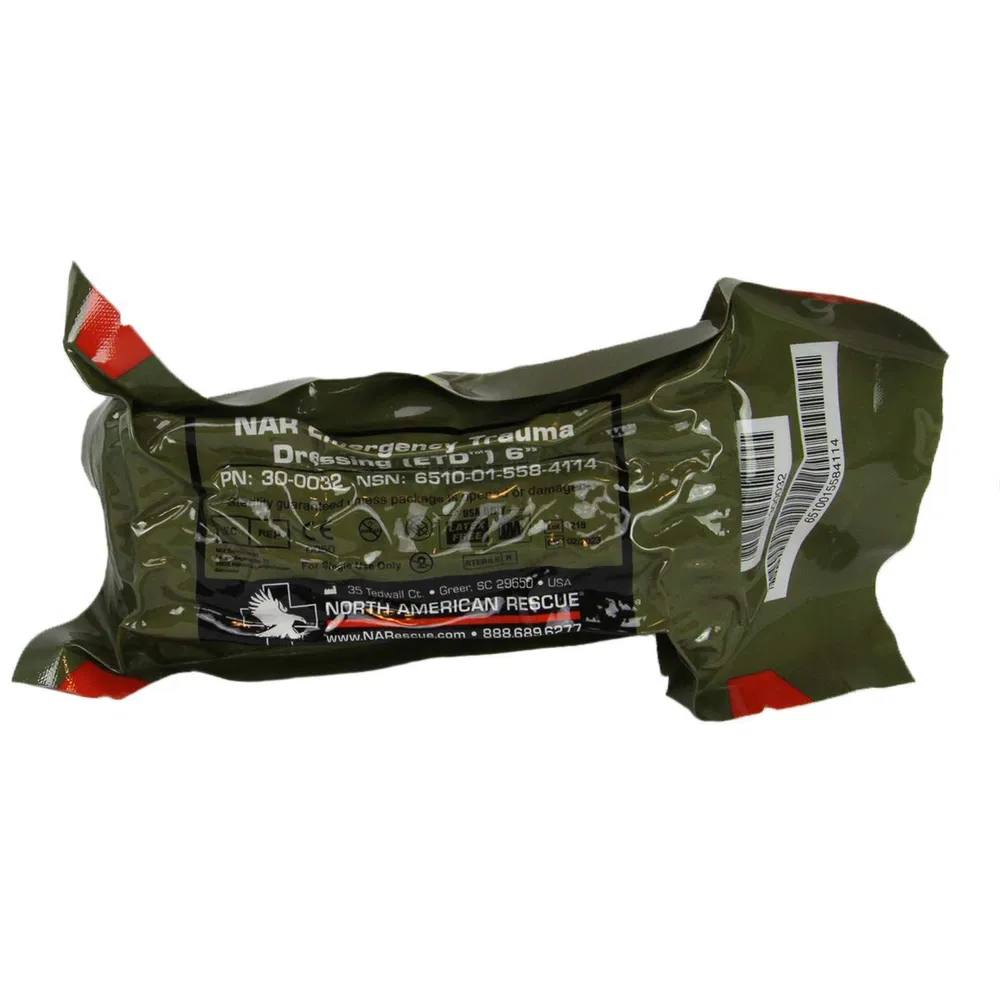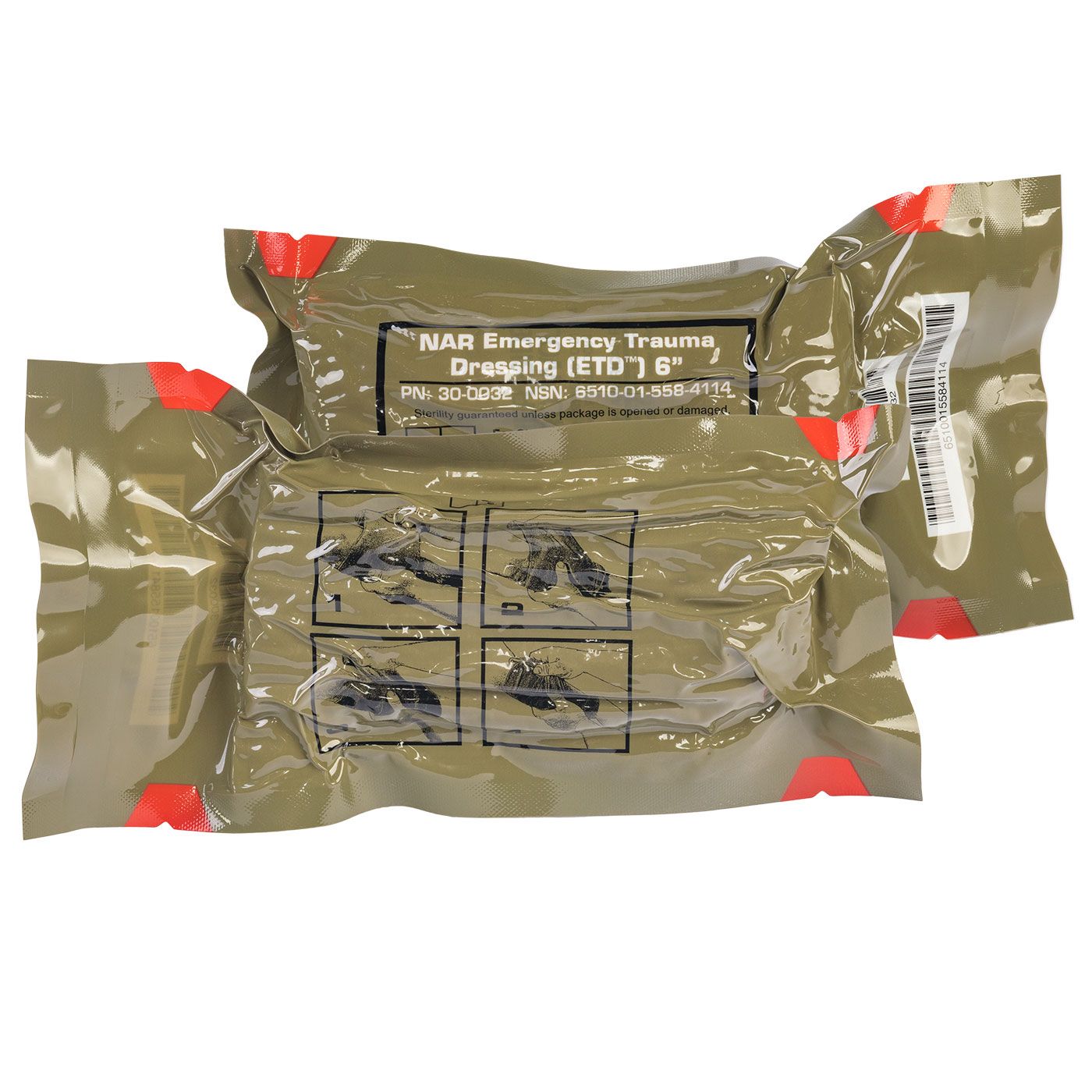Israeli bandage: what it is and how to use it
Content
- What is an Israeli bandage?
- Israeli bandage: how it works
- How to use the Israeli bandage
- Applying an Israeli bandage to a head wound
- Applying an Israeli bandage to a wound on the neck
- Application of an Israeli bandage on the arm/leg
- When not to use an Israeli bandage
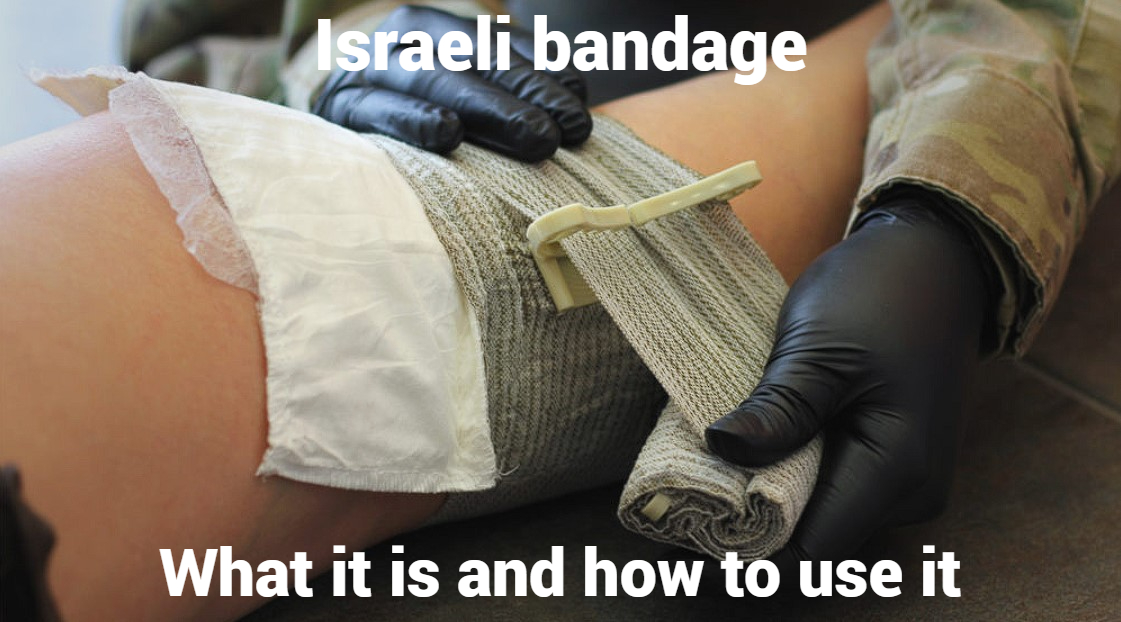
The Israeli tourniquet, also known as the Israeli Dressing Kit or Emergency Tourniquet, is one of the most important inventions in the field of first aid. Developed for military use, it quickly became an indispensable tool for civilian healthcare professionals and rescuers around the world.
In this article, we will take a closer look at what an Israeli tourniquet is, its design and basic principles of use. You will learn how to apply this bandage correctly to make it as effective as possible in critical situations, and why it is a must-have element of any first aid kit.
What is an Israeli bandage?
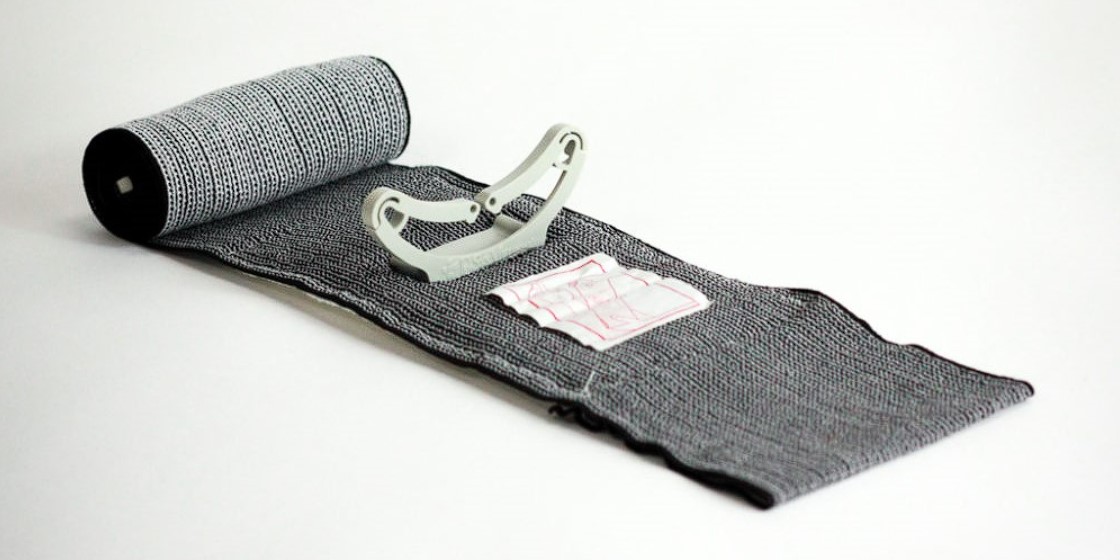
The Israeli bandage, also known as the Emergency Bandage, is a special dressing designed to effectively stop bleeding in case of injuries.
This bandage was created by Bernard Ben-Natan, a combat medic in the Israeli Defence Forces, in the late 1990s. Together with three colleagues, he founded First Care Products, which grew from a small Jerusalem start-up to become a leader in innovative medical dressings, making the first significant modification to such materials since the 1940s.
Since 2002, the Israeli bandage has been widely used in the US Army and has become one of the most common bleeding control devices in tactical and emergency medicine around the world.
The Israeli bandage includes an elastic bandage with a sewn-in non-adhesive pad that does not stick to the wound. The bandage also has a built-in pressure bracket (or pressure applicator) that allows you to create the necessary pressure on the wound and facilitates the application of the bandage to complex wounds, such as groin and head, where wrapping in different directions is necessary.
The locking element at the end of the bandage ensures secure fixation and prevents the bandage from slipping, making it an indispensable tool in critical situations.
Israeli bandage: how it works
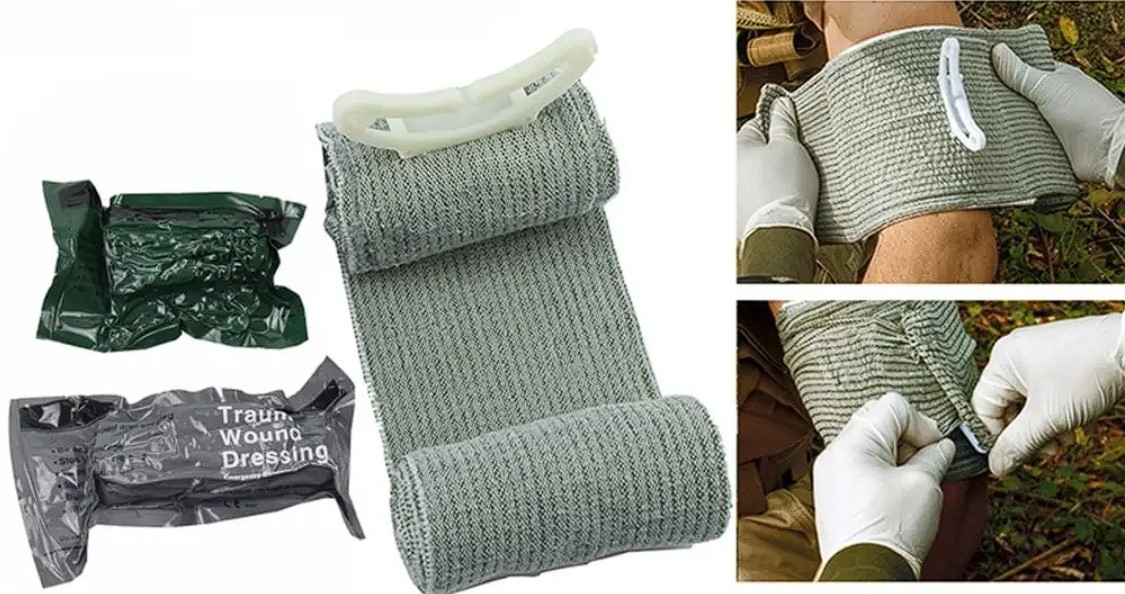
The Israeli bandage is a modern innovative tool for stopping bleeding in case of injuries.
This device is easy to use, lightweight and fast, allowing it to be used for self- and mutual aid by both military and civilians without medical training. Its high efficiency provides significant advantages over other bandages for stopping external bleeding in medical and emergency situations.
The key feature of the Israeli bandage is the applicator, which applies pressure through a non-sticky pad directly to the wound. The bandaging process involves changing the direction of movement of the bandage, which allows you to control the pressure using the elastic part of the bandage. This is important for adjusting the pressure: it can be increased to stop bleeding or decreased to avoid cutting off the blood supply below the wound.
The bandage is stitched with a special thread that prevents premature deployment. In addition, the bandage has a radiopaque strip that facilitates the diagnosis of injuries by X-ray.
The Israeli bandage is equipped with an integrated fastening mechanism that ensures quick, convenient and reliable fixation of the bandage on the affected area of the body. An example of a high-quality bandage is the SICH-Bandage, which meets all the requirements: it has a fixing bracket, Stop-N-Go opening, a non-sticky pad and a pressure applicator.
The principle of operation of the Israeli bandage is based on a combination of compression and fixation control, which allows you to effectively stop bleeding.
How to use the Israeli bandage
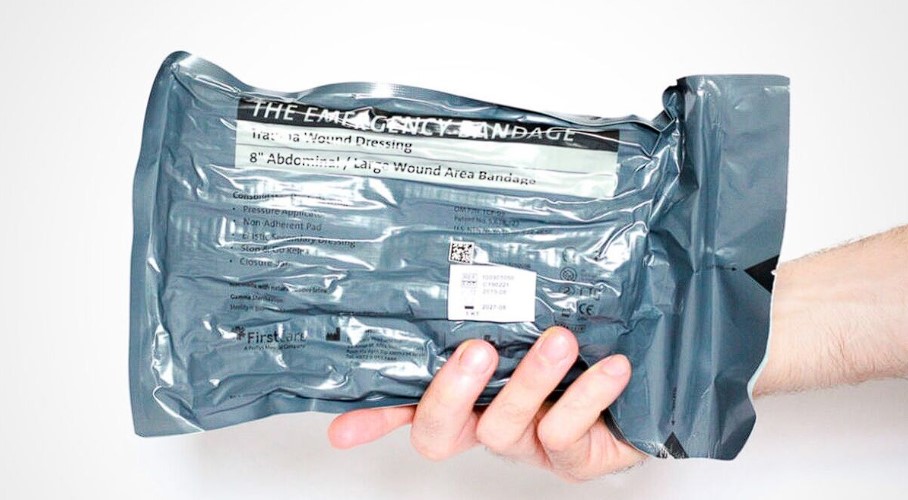
The Israeli bandage is widely used in a variety of medical situations due to its versatility and effectiveness. It is used for:
- Application of compression bandages. The Israeli bandage is ideal for applying compression dressings to control bleeding from limb wounds and so-called "nodular" bleeding. It can be used both independently and after preliminary wound tamponade. Thanks to the applicator that creates the necessary pressure, the bleeding stops quickly, which is especially important in emergency situations.
- Application of fixation dressings. The bandage is effectively used for applying fixation dressings to wounds of the head, chest, abdomen and back. Due to the elastic bandage design and non-stick pad, the bandage can be comfortably fixed to any part of the body, providing reliable fixation and bleeding control.
- Limb immobilisation. For closed bone injuries, such as fractures, dislocations and bruises, the Israeli bandage is used to immobilise the limbs during transport. It functions as an elastic bandage, providing stability and preventing further damage during movement.
- Use as a tourniquet. In some cases, the Israeli bandage can be used as a tourniquet to stop massive bleeding. It can also be used as an auxiliary tourniquet when a tourniquet is applied or in the absence of one. Due to its design, the bandage allows for effective control of pressure on the wound, making it indispensable in critical situations.
The Israeli bandage is a versatile tool that provides effective first aid in various medical situations, enabling you to quickly respond to injuries and stop bleeding.
Applying an Israeli bandage to a head wound
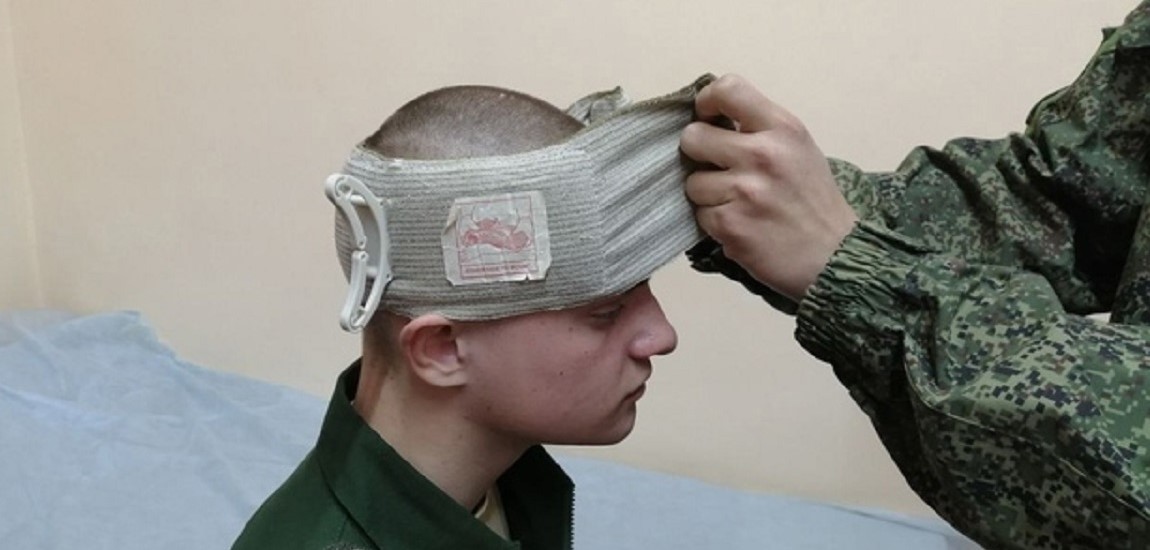
To apply an Israeli bandage to a head wound effectively, follow these steps:
- Remove the bandage from the packaging. Make sure that all the elements of the tourniquet are in order and ready to use.
- Place the absorbent pad directly over the wound. This will ensure proper contact with the affected area and protect the wound.
- Wrap the edge of the bandage around the patient's head. Fold the bandage so that the pad is over the wound and the edge of the bandage covers the head on one side.
- Pull the bandage firmly in the opposite direction and continue wrapping the head in the opposite direction. This will help to ensure proper pressure is applied to the wound and ensure that the bleeding is stopped effectively.
- Wrap the bandage around the corner of the applicator to apply pressure, changing the side of the wrap. This will help to distribute the pressure evenly and ensure maximum effectiveness.
- Wrap around your chin for comfort and stability. This will also help to secure the bandage in place and prevent it from moving.
- Continue wrapping. Cover the remaining areas of the head until the bandage provides the necessary pressure and fixation.
- Secure the free edge with a clasp. This ensures that the bandage does not unfold and remains in place, providing effective bleeding control.
Following these steps will help to ensure that the bandage is securely fixed and effectively stops bleeding, reducing the risk of complications from head injuries.
Applying an Israeli bandage to a wound on the neck
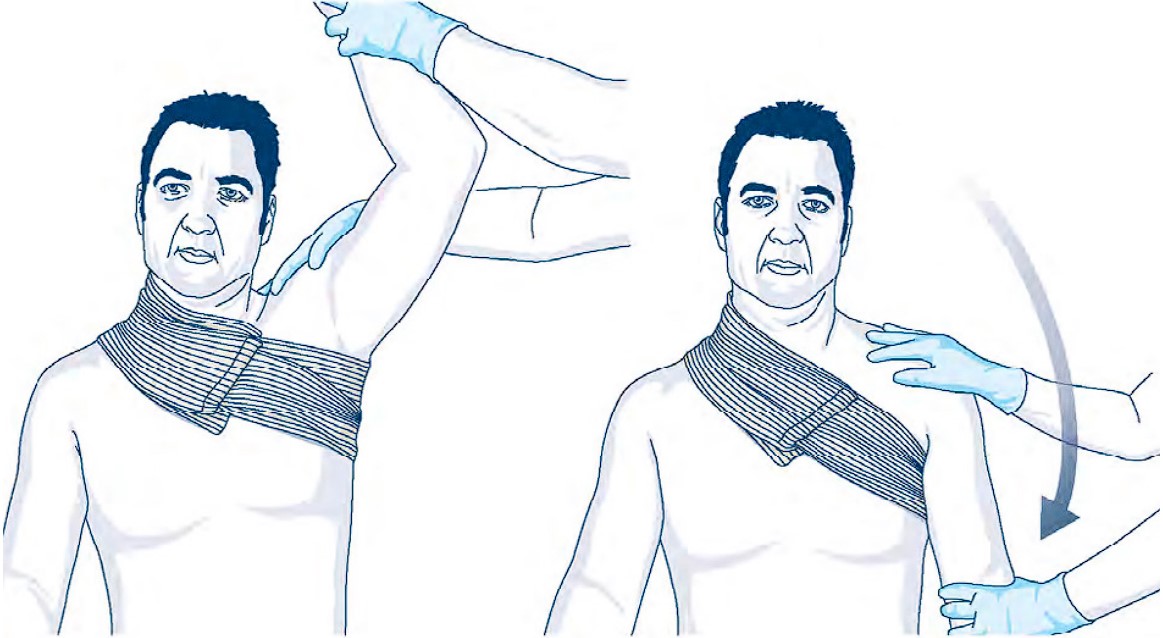
The correct application of an Israeli bandage to a neck wound is critical for effective bleeding control and patient stabilisation. Here is a clear algorithm of actions to ensure maximum effectiveness of this medical device:
- Remove the bandage from the packaging. Make sure that the bandage is ready for use and that all its components are in order.
- Lift the patient's arm on the opposite side to the injured area. This will facilitate the application of the bandage and provide better access to the affected area.
- Bring your arm up above your head. This will help to distribute the dressing evenly and provide easy access to the neck area.
- Wrap the bandage around your body and place it in the armpit on the opposite side to the injured area. This will ensure stability and proper positioning of the bandage.
- Insert the edge of the elastic bandage into the pressure applicator. This will allow you to fine-tune the pressure on the wound.
- Pull the bandage in the opposite direction to secure the structure. Continue wrapping, covering all edges to ensure proper pressure and fixation.
- Tightly wrap the applicator with the dressing to apply pressure. This will provide the necessary level of pressure to effectively stop bleeding.
- Secure the free edge with a fastener. This will ensure the stability of the bandage and prevent it from moving.
- Lower the raised arm to increase pressure on the wound and create distance from the trachea. This will help to optimise the effectiveness of the bandage and ensure that it is positioned correctly.
This detailed approach will ensure proper bleeding control and help to stabilise the victim's condition quickly.
Application of an Israeli bandage on the arm/leg
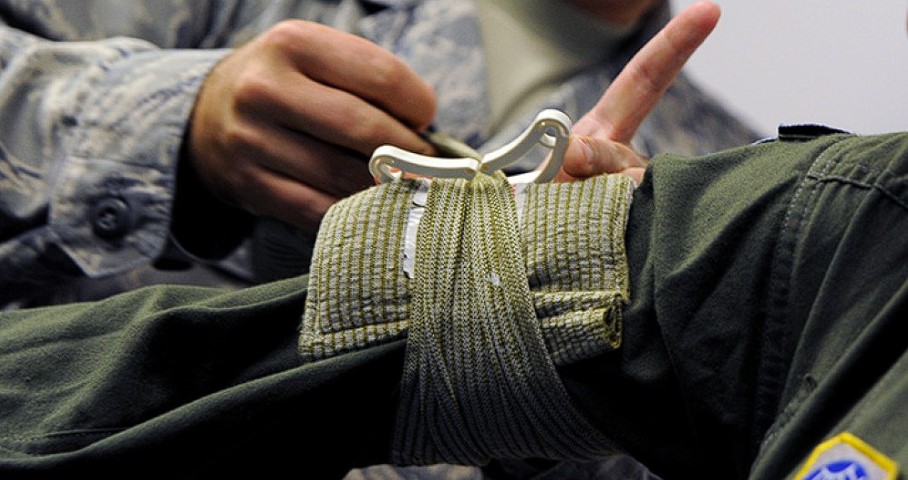
To control bleeding on the arm or leg quickly and effectively, an Israeli bandage is an indispensable tool. Here is a detailed algorithm to help you apply the bandage correctly and ensure the maximum level of protection:
- Remove the bandage from the packaging and place the absorbent pad directly on the wound. This will create a first barrier to absorb blood and protect the injured area.
- Make one wrap of the dressing around the limb. This initial wrap will secure the cushion in place and create a stable base for further wrapping.
- Insert the edge of the elastic bandage into the applicator. This will allow you to precisely adjust the pressure level, which is critical for effective bleeding control.
- Pull the dressing forcefully in the opposite direction to activate the applicator and provide the necessary pressure. Continue wrapping the limb, ensuring even pressure on the wound.
- Continue to wrap the limb tightly, making sure that all edges of the absorbent pad are completely covered. This is important to maintain effective compression and protect the wound.
- Fasten the free edge of the bandage with a clasp. This will securely fasten the bandage and prevent it from moving.
This process allows for quick and efficient application of the Israeli bandage to the injured limb, providing the proper level of compression and protection, which is critical in emergency situations.
When not to use an Israeli bandage
The Israeli bandage is a powerful and effective tool for stopping bleeding in traumatic injuries. However, there are situations when its use may be inappropriate or even harmful. Here are some of the main cases when you should refrain from using this bandage:
- Use as an ordinary elastic bandage: An Israeli bandage is not intended to be used as a simple elastic bandage. Its main function is to stop bleeding by applying pressure, not just support or wrapping. Therefore, it should not be used in situations where this specific function is not required, such as in the case of minor bruises or minor injuries.
- Incorrect use of the fixation and pressure functions: It is important to distinguish between when to use a fixation bandage and when to use a pressure bandage. For example, applying a pressure bandage to the abdomen or other parts of the body where high pressure is not required may be inappropriate and even dangerous. Also, if it is necessary to stop bleeding from limb wounds, but not to use an applicator to create pressure, the effectiveness of the bandage will be reduced.
- Too much pressure: Accidentally converting a bandage to a tourniquet by applying excessive pressure can result in blockage of circulation in the limb below the wound. This can cause serious complications, including tissue necrosis or thromboembolic complications.
- Inadequate application: Incorrect application of a bandage that does not provide adequate pressure or fixation can lead to ineffective bleeding control. This can increase the risk of shock or even endanger the victim's life.
By avoiding these mistakes and using the Israeli bandage correctly in appropriate situations, you will ensure its effectiveness and safety for the injured.
